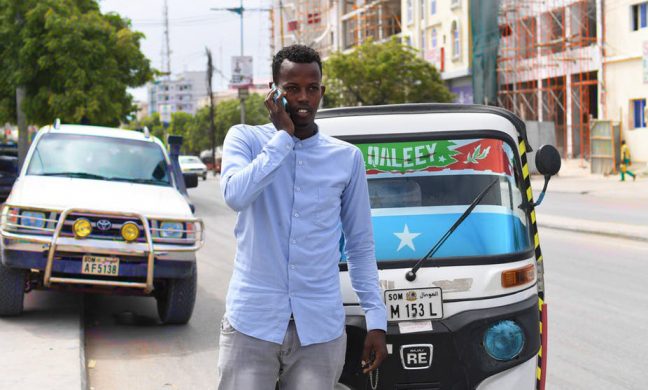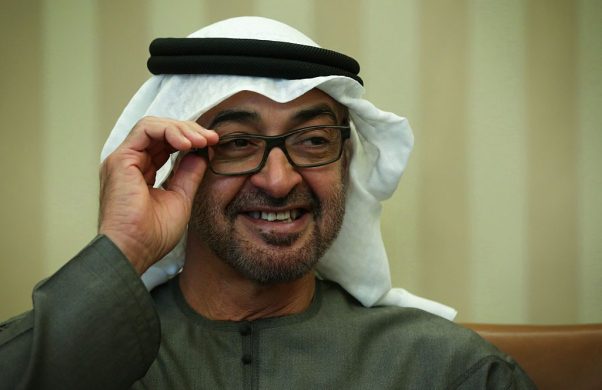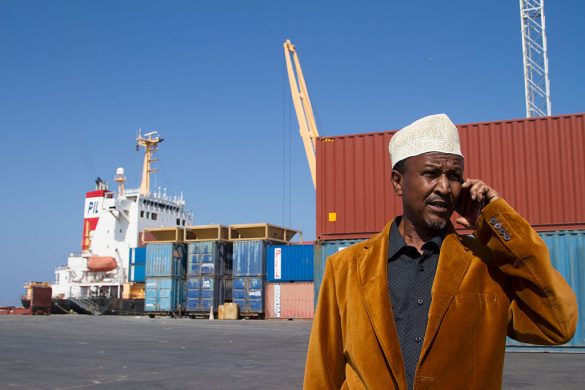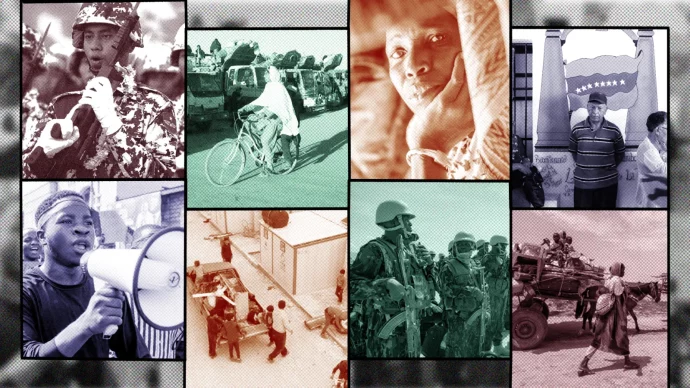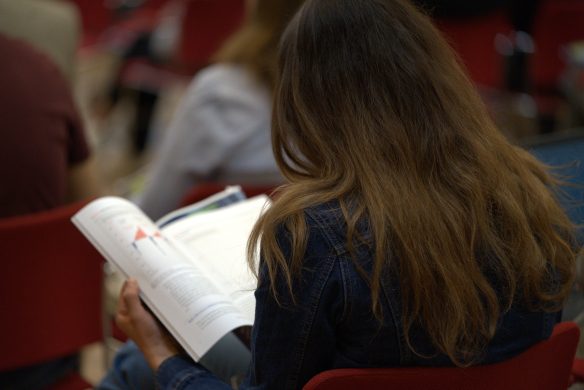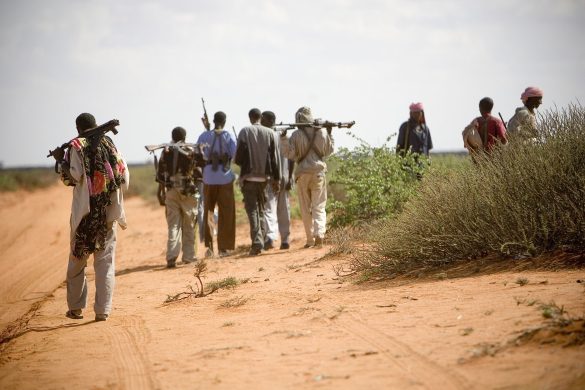A recent World Bank report showed that Somalia has one of the most active mobile money markets in the world, outpacing most other countries in Africa. It’s even superseded the use of cash in the country of 14 million people.
Victor Owuor asked Tim Kelly, an information and communications technology policy specialist at the World Bank and the report’s author, to explain the findings and what they mean for the country.
Why is mobile money so successful in Somalia?
Mobile money initially started as a simple exchange of airtime credit between users. Over ten years ago, mobile network operators formalised this by offering mobile money services. It was quickly perceived as a convenient and safe way of making transactions and storing money.
Unlike Kenya’s famous Mpesa mobile money transfer services, Somalia’s transfers are mainly available in US dollars. Though the companies offering mobile money services are mobile network operators, as in Kenya, they are increasingly forming part of large conglomerates that also offer banking and money transfer services.
In Somalia mobile money transactions are worth about $2.7 billion a month.
Several factors have encouraged the impressive uptake of mobile money:
Many Somalis own mobile phones – about nine out of ten Somalis, above the age of 16 own one.
Nearly 60% of Somalia’s population is nomadic, or semi-nomadic, and move around a great deal, to find adequate grazing and water for their livestock. So mobile money suits their lifestyle and is also used to facilitate trade.
Concerns over the high prevalence of fake money, absence of monetary regulation, capacity, and limited access to traditional banking services also make mobile money an effective substitute for cash.
Today, mobile money also facilitates vast remittance flows which are critical to most Somali households due to a lack of opportunities in the Somali labour market. Taking advantage of this trend, remittance companies are increasingly partnering with mobile operators to transfer funds directly to recipients’ mobile money accounts.
Læs hele artiklen i The Conversation

